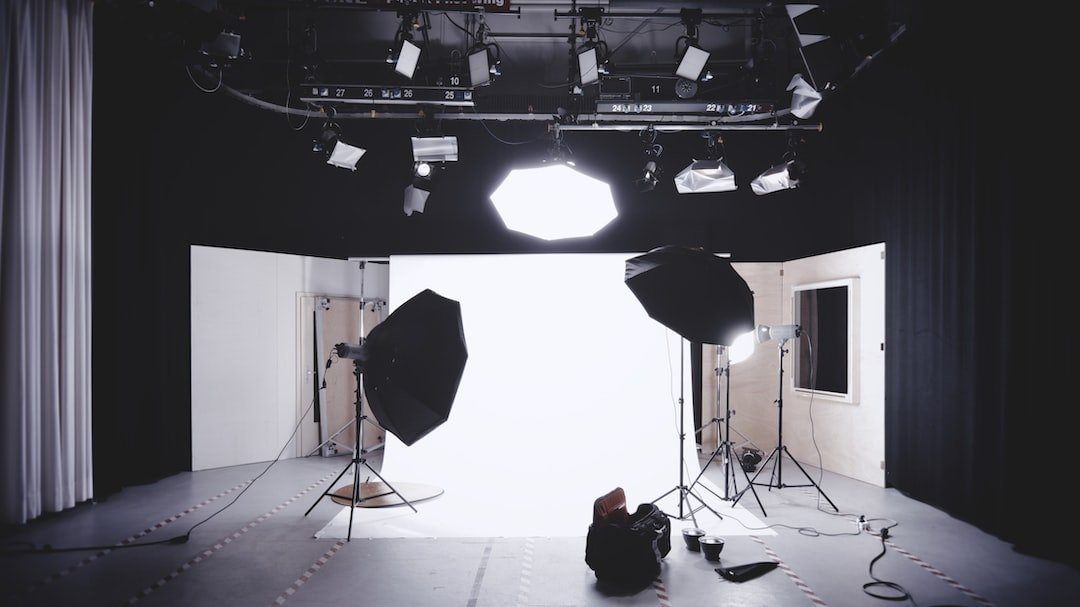Owls Creating a Striking Portfolio: A Guide to Owl Photography
Category : Owl photography tips and tricks | Sub Category : Creating a portfolio of owl photography Posted on 2023-07-07 21:24:53

Owls Creating a Striking Portfolio: A Guide to Owl Photography
Introduction:
Owls have fascinated us with their appearance and nature. Their charm makes them a popular subject for photographers. We will discuss the art of owl photography and give tips on creating a captivating portfolio that showcases these magnificent creatures.
1 Understanding Owls is a topic that is discussed.
It's important to understand the habits of the owls before taking pictures. To better anticipate owl movements, research various owl species, their habitats, and behaviors. You will be able to anticipate their flight patterns, preferred perching spots, and hunting techniques, which will enhance your chances of capturing that perfect shot.
2 Equipment basics:
The quality of your owl photographs will be impacted by the right photography equipment. Some essential tools are listed.
A A DSLR or mirrorless camera with a fast burst rate and excellent low-light performance is ideal for owls. A camera with high ISO capabilities will help you shoot in low-light conditions without compromising image quality.
A. A 300mm focal length telephoto lens is the best for owl photography as it allows you to maintain a safe distance while capturing detailed close-ups. Consider a lens with a larger f/2.8 to ensure a sharp and well-lit image.
c. A tripod and a Gimbal Head are necessary for owls to be patient and shoot smoothly. This setup makes it easy to follow their movements.
3 Timing and location are important.
The best times for owl photography are during the morning and evening. The golden hour is when the light adds an enchanting touch to your images and you can begin your shoot before dawn or after sunset. To find the best shooting locations, you should research local owl habitats, such as forests, woodlands, or grasslands.
4 Composition and creativity are related.
Keep certain guidelines in mind when you are creating owl photographs.
A Rule of Thirds: If you want to create visually appealing and more dynamic compositions, you can use the rule of thirds.
A. Eye contact with the owl's eyes can convey a sense of connection. Make sure the eyes are well-lit and sharp.
c. The owl's natural habitat should be included in your images to give context and tell a more complete story. Try different angles, perspectives, and framing techniques to get a unique shot.
5 Patience and respect are important.
Owl photography requires patience as owls can be difficult to photograph. Don't interrupt their natural behavior for a photo, and respect their space. Use long-distance lens to minimize any disruption to their routine.
Conclusion
Creating a portfolio of owl photography is a rewarding endeavor that allows you to showcase the beauty and awe-inspiring nature of these magnificent creatures. By learning owl behavior, investing in the right equipment, and honing your skills, you can capture striking images that highlight the mystique and grace of these birds of prey. So, grab your camera and embark on a journey that will not only expand your portfolio but also deepen your appreciation for owls.
Leave a Comment:
SEARCH
Recent News
- Zurich, Switzerland is not only known for its picturesque landscapes and vibrant culture but also for its diverse wildlife. While the city may be more commonly associated with its financial sector and luxury shopping, there are some rare and fascinating animals that call Zurich home.
- YouTube Content Creation: Showcasing Rare Animals through Translation
- If you are a nature enthusiast and love learning about rare and exotic animals, there are several YouTube channels dedicated to showcasing these fascinating creatures in their natural habitats. These channels provide a unique opportunity to educate yourself about lesser-known species and the importance of conservation efforts.
- The Importance of Developing Rare Skills Like a Rare Animal in the Workplace
- Women in Politics: Breaking Barriers and Making History
- Warsaw, the capital city of Poland, is not only known for its rich history and beautiful architecture but also for its unique and diverse wildlife. Despite being a bustling urban center, Warsaw is home to some rare and fascinating animals that can be found in various parks, forests, and reserves in and around the city.
- Vietnam is a country known for its rich culture, beautiful landscapes, and delicious cuisine. However, it is also home to a variety of rare and endangered animals that are found nowhere else in the world. In recent years, some Vietnamese businesses and companies have taken initiatives to help protect these precious species and their habitats.
- Vienna, the capital city of Austria, is known for its rich history, stunning architecture, and vibrant cultural scene. But did you know that Vienna is also home to a variety of rare and interesting animals? From exotic species at the Vienna Zoo to elusive wildlife in the surrounding countryside, there are plenty of fascinating creatures to discover in and around this beautiful city.
READ MORE
3 weeks ago Category : owlo

Zurich, Switzerland is not only known for its picturesque landscapes and vibrant culture but also for its diverse wildlife. While the city may be more commonly associated with its financial sector and luxury shopping, there are some rare and fascinating animals that call Zurich home.
Read More →3 weeks ago Category : owlo

YouTube Content Creation: Showcasing Rare Animals through Translation
Read More →3 weeks ago Category : owlo

If you are a nature enthusiast and love learning about rare and exotic animals, there are several YouTube channels dedicated to showcasing these fascinating creatures in their natural habitats. These channels provide a unique opportunity to educate yourself about lesser-known species and the importance of conservation efforts.
Read More →3 weeks ago Category : owlo
